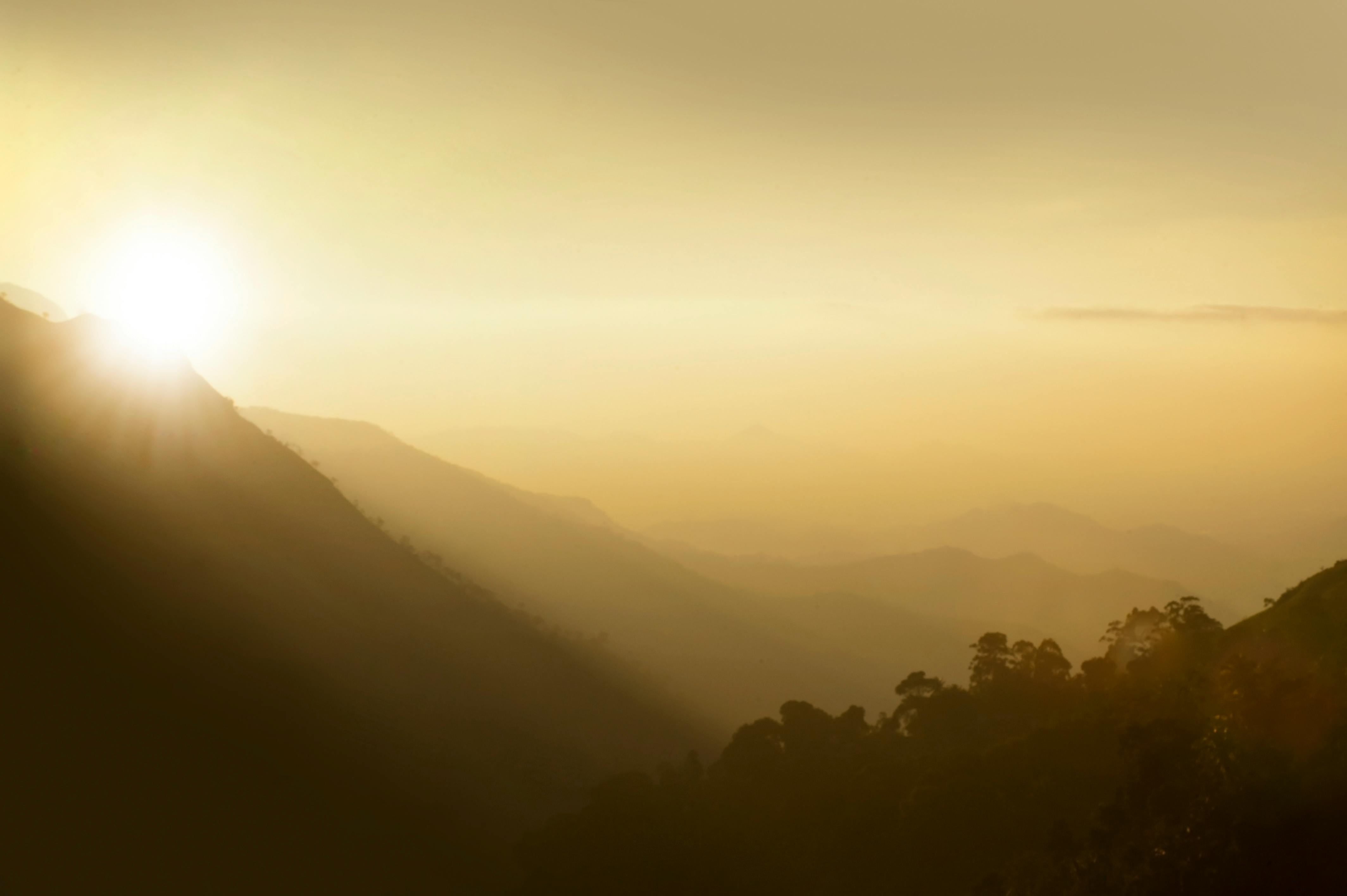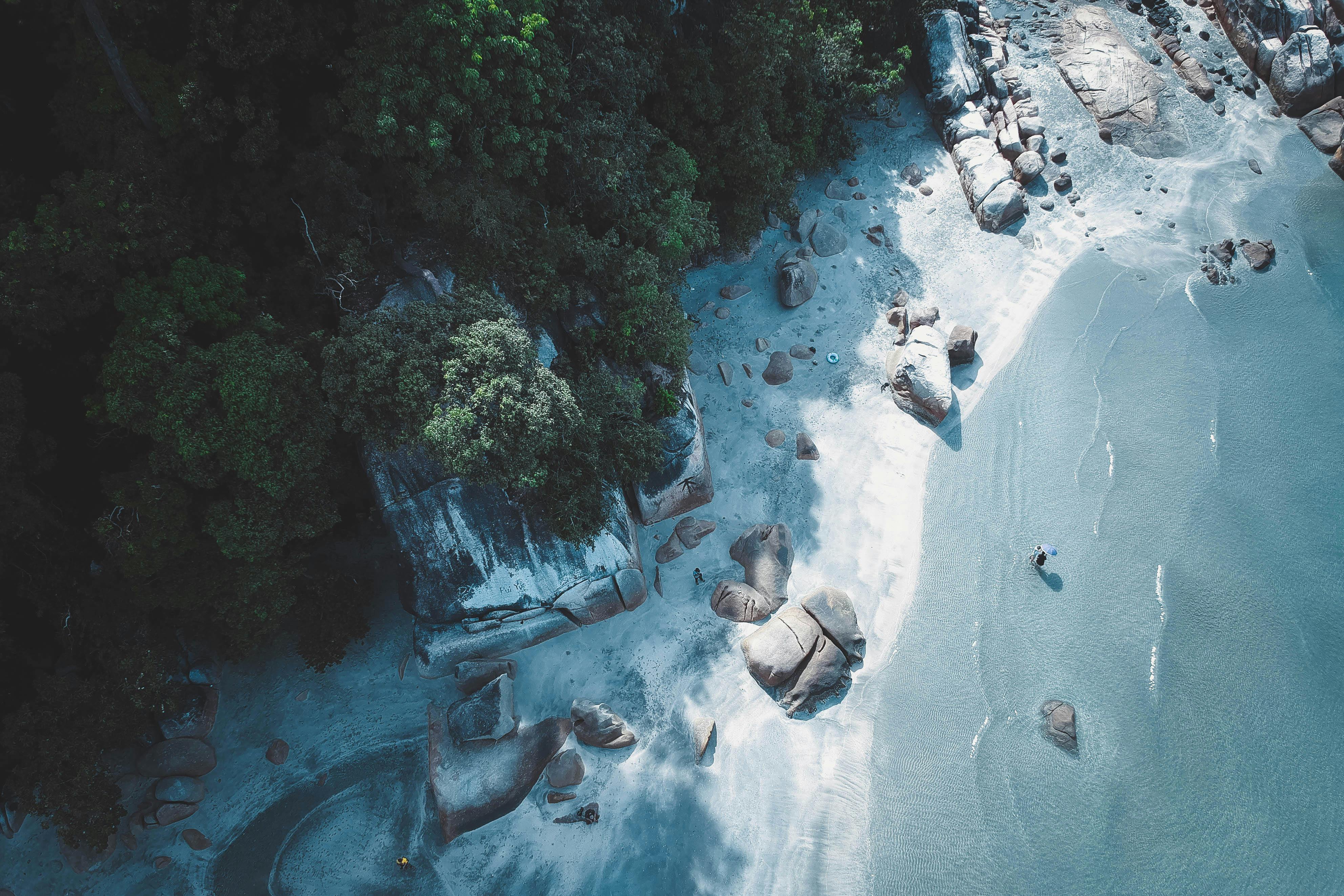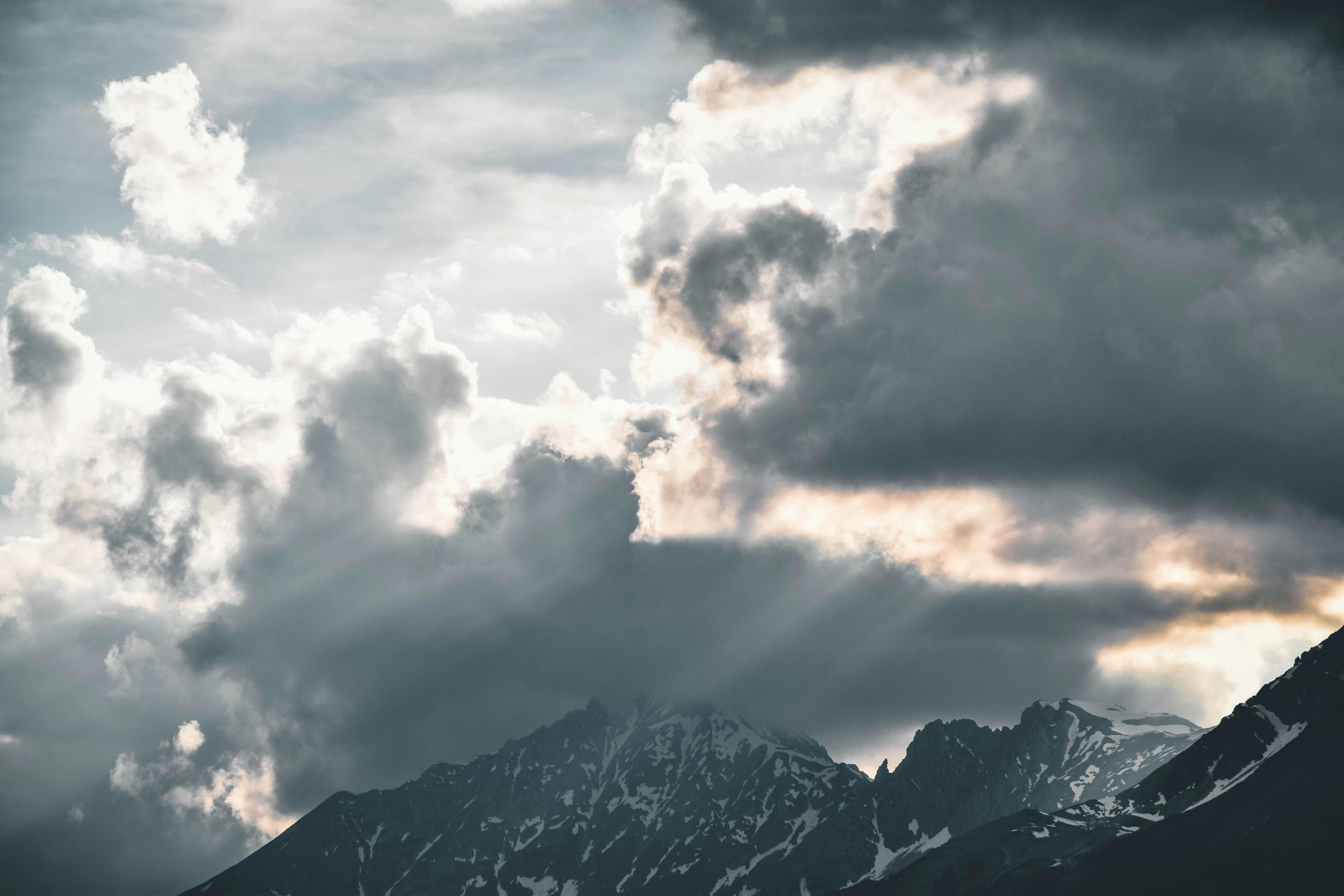They are crazy? Submersion in water at 8 degrees Celsius (46 F)! Maybe they are, but people have been known to do stranger things.
- A Polar Bear “Swimming” or “Plunging” is a tradition that goes back over 100 years. It originated with the Scandinavian sauna tradition as a way to quickly cool down after the heat of a sauna.
- In China and Russia, ice swimming is said to have health benefits and is done whenever the need arises, not just on New Year’s Day.
- Russian ice swimmers are known as “walruses” instead of North American “polar bears.”
- In North America, the oldest annual fall belongs to Boston, MA (1904). Dorchester Bay’s water was 3 degrees Celsius (37 F) on January 1, 2012, just above freezing. Regardless, more than 600 swimmers came out to take to the waters.
- Total immersion is the goal for purists. They say it’s not so bad once you get your head wet. I do not know anything about that!
- Costumes are optional but preferred in North America. Superhero costumes are common. At least one person has given away a polar bear costume.
- Canada’s biggest event takes place in Vancouver, BC. Vancouverites plunge into a frigid English Bay, part of the Pacific Ocean. The swim was started in 1921 by a local restaurateur who invited his friends to join him for a quick dip and rewarded them with a free lunch. Currently, there are more than 2,000 participants and 10,000 spectators.
- The water temperature in English Bay on New Year’s Day is usually around 8 degrees Celsius. Considering that normal body temperature is 37 degrees Celsius, you can see that there is a significant gradient. Most people run in and run out. Some brave souls swim for a couple of minutes, but most just dive in. One participant commented that “it’s quite nice once you lose feeling in your extremities.”
- January 1, 2012 saw a record 36,000 polar bear swimmers at various locations in the Netherlands.
- Thousands of dollars are raised for charity each year by the New Year’s Day ‘Polar Bears’.
Soaking in ice cold water can be done for health, fun, charity, or just to check it off your bucket list. If you missed the New Year’s Day plunge, you can head north to Yellowknife, Northwest Territories for their “Freezin for a Reason” march at Great Slave Lake, 250 miles (400 km) south of the Arctic Circle.





Recent Comments